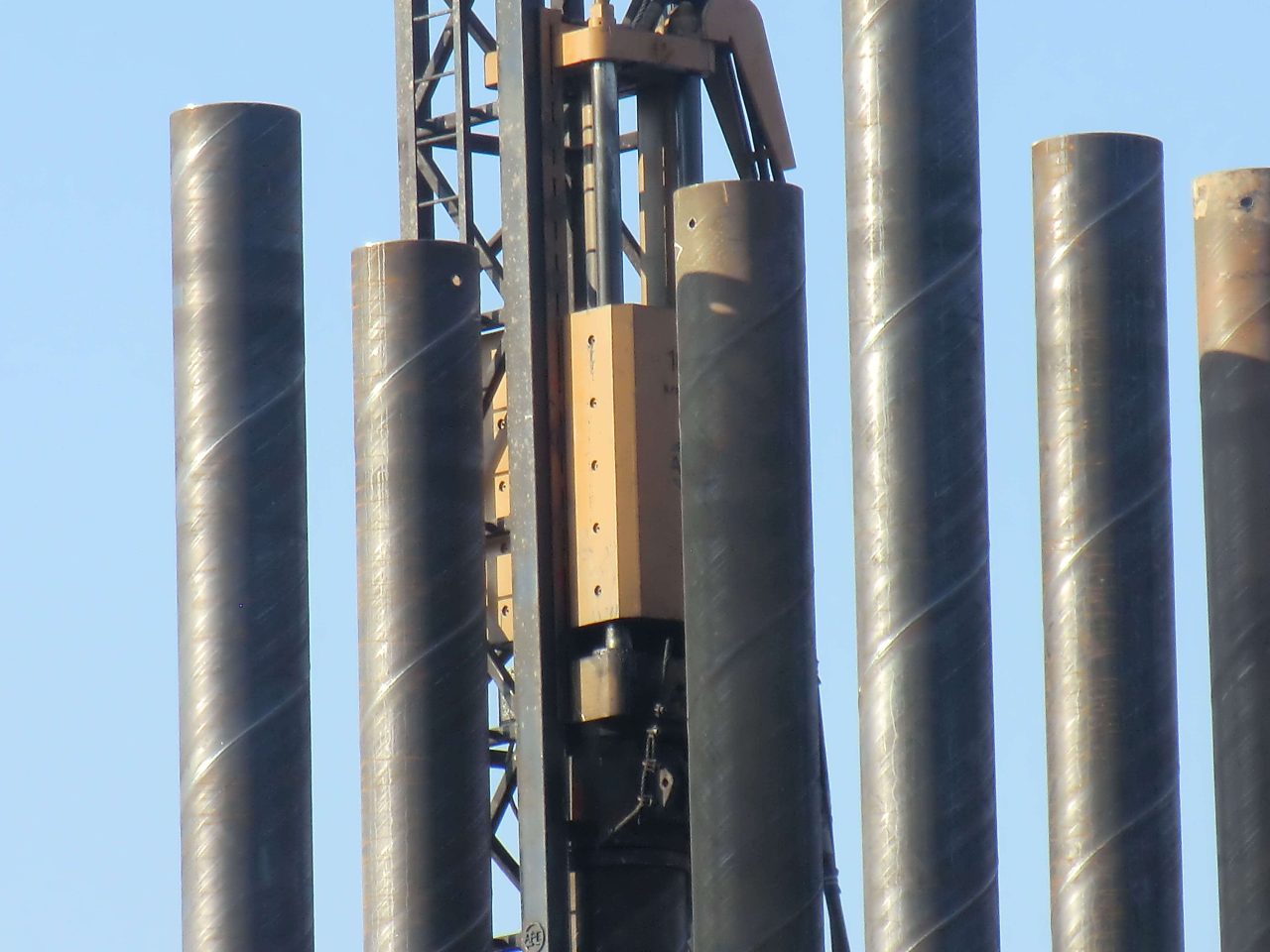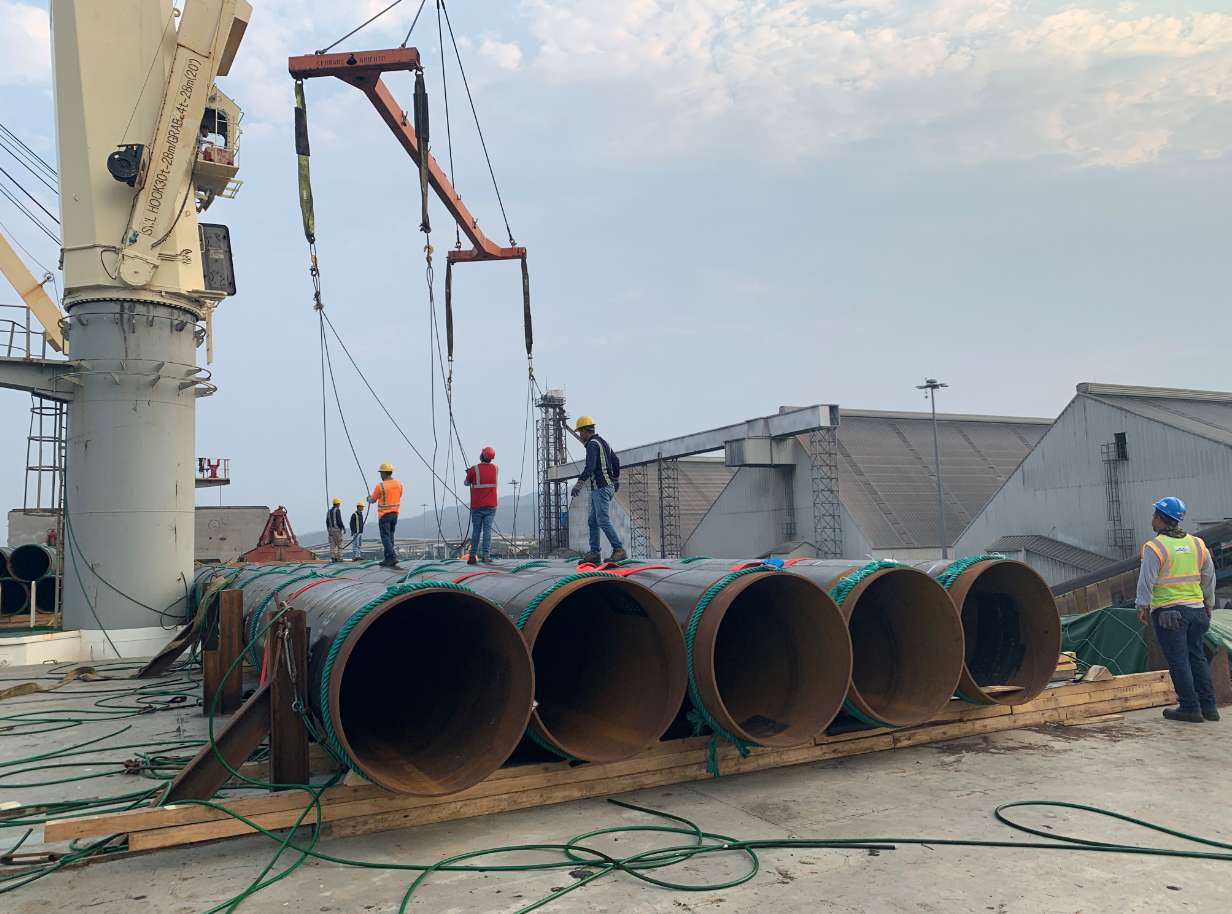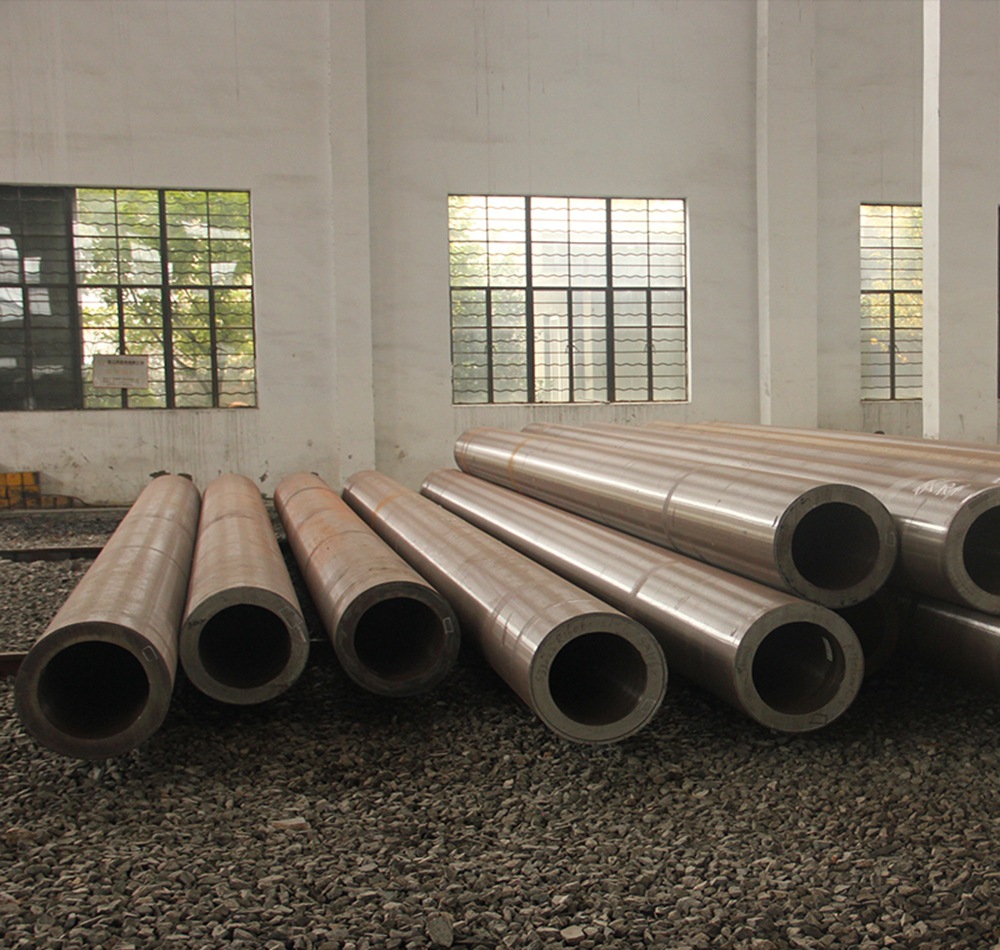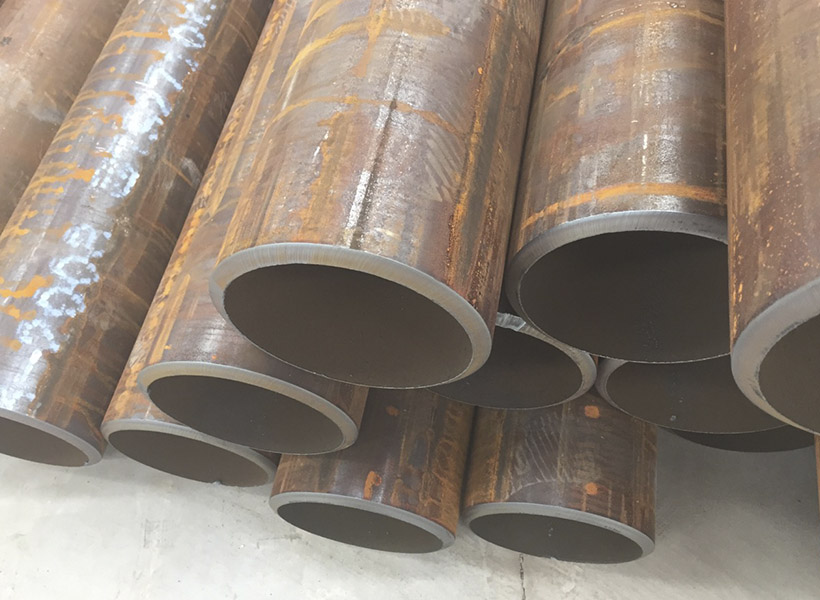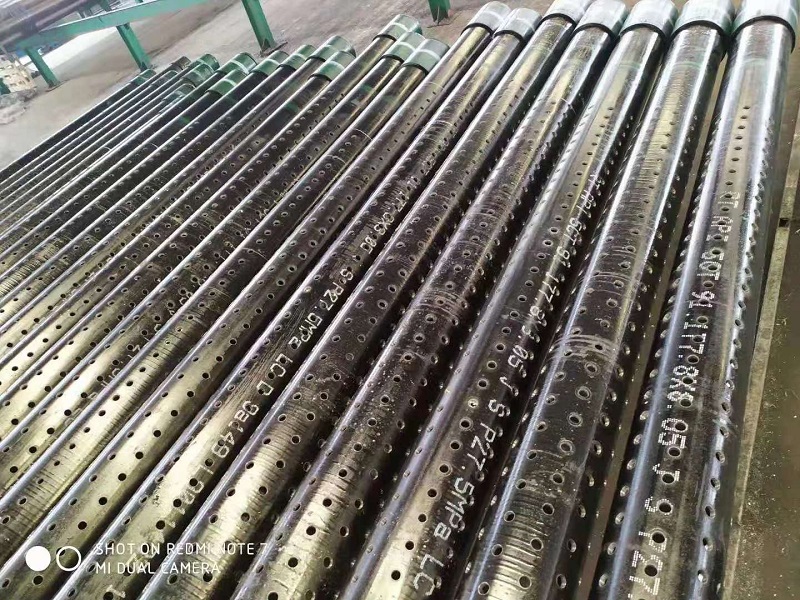Comprehensive Guide to Stainless Steel Screen Design and Installation in Well Drilling
Introduction
In the realm of well drilling, stainless steel screens play an indispensable role, particularly in ensuring the efficient flow of water or hydrocarbons while preventing the entry of unwanted particulates. This guide delves into the intricacies of stainless steel screen design, their application in wells drilled into rock, the use of stainless steel screen centralizers, and the process of casing and screen installation. By understanding these elements, operators can optimize well performance and longevity.
1. Stainless Steel Screen Design
1.1 Purpose and Function
Stainless steel screens act as a filtration system within wells, allowing fluids to pass through while blocking sand, gravel, and other debris. Their design is crucial for maintaining well integrity and optimizing fluid flow.
- Filtration Efficiency: The primary function of a stainless steel screen is to filter out particulates while allowing the maximum flow of fluid. This balance is achieved through precise design and engineering.
- Structural Support: Beyond filtration, screens provide structural support to the wellbore, preventing collapse and maintaining the integrity of the well.
1.2 Design Considerations
Designing an effective stainless steel screen involves several key considerations:
- Material Selection: Stainless steel is chosen for its corrosion resistance, durability, and strength, making it ideal for harsh well environments. Grades such as 304 and 316 are commonly used due to their superior resistance to corrosion and mechanical stress.
- Slot Size and Pattern: The slot size and pattern are designed based on the expected particle size distribution to ensure effective filtration without impeding fluid flow. Slot sizes can range from microns to millimeters, depending on the application.
- Open Area: The total open area of the screen affects the flow capacity and pressure drop across the screen. A higher open area generally allows for greater fluid flow but may compromise structural integrity if not designed properly.
- Screen Length and Diameter: The dimensions of the screen must match the wellbore specifications and the expected flow rates, ensuring optimal performance.
1.3 Types of Stainless Steel Screens
Various types of stainless steel screens are used in well drilling, each offering unique advantages:
- Continuous Slot Screens: Feature a continuous slot design that provides high open area and efficient filtration. These screens are ideal for wells with high sand production.
- Bridge Slot Screens: Designed with a series of slots that resemble a bridge, offering robust support and filtration. They are suitable for wells with moderate sand production.
- Wedge Wire Screens: Utilize V-shaped wire to create a self-cleaning screen with high strength and open area. These screens are preferred in applications where clogging is a concern.
1.4 Advanced Design Techniques
- Finite Element Analysis (FEA): Used to simulate the mechanical behavior of screens under various conditions, ensuring optimal design and performance.
- Computational Fluid Dynamics (CFD): Helps in understanding fluid flow through the screen, allowing for the optimization of slot patterns and open area.
2. Stainless Steel Screening Wells Drilled Into Rock
2.1 Challenges in Rock Formations
Drilling wells into rock formations presents unique challenges, including:
- Hardness and Abrasiveness: Rock formations can be hard and abrasive, requiring robust drilling equipment and techniques. The screens must be designed to withstand these conditions without degrading.
- Fractures and Voids: Natural fractures and voids can complicate drilling and screen installation, necessitating careful planning and execution.
2.2 Screen Selection and Installation
Selecting and installing screens in rock formations requires careful consideration:
- Screen Material: Stainless steel is preferred for its ability to withstand the abrasive nature of rock formations. The material’s toughness ensures long-term durability.
- Installation Techniques: Screens are installed using techniques that ensure proper alignment and sealing within the rock formation. Methods such as telescopic or telescoping installations are often employed to accommodate the irregularities of rock formations.
- Grouting and Sealing: Ensures that the screen is securely anchored within the rock, preventing fluid bypass and maintaining well integrity.
2.3 Benefits of Stainless Steel Screens in Rock Wells
- Corrosion Resistance: Stainless steel screens resist corrosion from groundwater and drilling fluids, ensuring longevity.
- Durability: The strength of stainless steel ensures long-term performance in challenging rock environments, reducing the need for frequent replacements.
2.4 Case Studies and Real-World Applications
- Geothermal Wells: Stainless steel screens are used in geothermal wells drilled into rock to extract hot water or steam. Their resistance to high temperatures and corrosive fluids makes them ideal for such applications.
- Oil and Gas Exploration: In oil and gas wells drilled into rock formations, stainless steel screens help manage sand production and maintain well integrity.
3. Stainless Steel Screen Centralizers
3.1 Purpose and Function
Centralizers are devices used to position the screen centrally within the wellbore, ensuring uniform annular space and effective sealing.
- Alignment: Centralizers help maintain the alignment of the screen during installation, preventing damage and ensuring optimal performance.
- Stability: They provide stability to the screen, reducing the risk of buckling or collapse under pressure.
3.2 Design and Types
Centralizers come in various designs, each suited to specific well conditions:
- Bow Spring Centralizers: Feature flexible bows that expand to fit the wellbore, providing excellent centralization in deviated wells.
- Rigid Centralizers: Made from solid steel, these centralizers offer robust support in vertical wells where flexibility is not required.
- Semi-Rigid Centralizers: Combine features of both bow spring and rigid centralizers, offering a balance of flexibility and strength.
3.3 Installation Considerations
- Placement: Centralizers should be placed at regular intervals along the screen to ensure even support and alignment.
- Sizing: The size of the centralizer must match the screen and wellbore dimensions to ensure proper function.
3.4 Benefits of Using Centralizers
- Improved Screen Performance: By maintaining central alignment, centralizers enhance the screen’s filtration efficiency and longevity.
- Reduced Installation Risks: Centralizers minimize the risk of screen damage during installation, ensuring a successful deployment.
4. Casing and Screen Installation
4.1 Pre-Installation Planning
Effective planning is crucial for successful casing and screen installation:
- Site Assessment: Conduct a thorough assessment of the well site to understand geological conditions and potential challenges.
- Equipment Selection: Choose the appropriate drilling and installation equipment based on the well’s specifications and conditions.
4.2 Installation Process
The installation of casing and screens involves several key steps:
- Drilling the Wellbore: The wellbore is drilled to the desired depth, taking into account the geological conditions and well design.
- Running the Casing: The casing is lowered into the wellbore to provide structural support and isolate different geological formations.
- Installing the Screen: The screen is installed within the casing, ensuring proper alignment and sealing. Centralizers are used to maintain the screen’s position.
- Grouting and Sealing: Grout is pumped into the annular space between the casing and wellbore to secure the installation and prevent fluid migration.
4.3 Post-Installation Testing and Monitoring
After installation, testing and monitoring are essential to ensure the well’s performance:
- Pressure Testing: Conduct pressure tests to verify the integrity of the casing and screen installation.
- Flow Testing: Perform flow tests to assess the well’s production capacity and screen performance.
- Regular Monitoring: Implement a monitoring program to track the well’s performance and identify any issues early.
4.4 Troubleshooting and Maintenance
- Addressing Screen Clogging: Regular maintenance and cleaning can prevent screen clogging and ensure optimal performance.
- Repairing Damaged Screens: In the event of screen damage, repair or replacement may be necessary to maintain well integrity.

